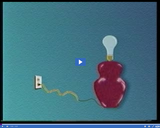
A current consists of flowing electrons, which are commonly conducted in a wire, such as the wire of this lamp.
- Subject:
- Science
- Provider:
- Utah Education Network
- Author:
- Visual Learning Company
- Date Added:
- 02/28/2010

A current consists of flowing electrons, which are commonly conducted in a wire, such as the wire of this lamp.
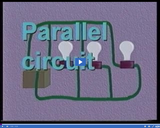
There are several paths electrons can take in a parallel circuit. When there is a break in a circuit, electric current is able to flow.
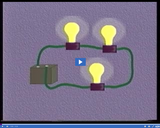
In a series circuit, there is one path electric current can flow. If there is a break in a series circuit, the entire circuit shuts down.

This resource is a Social Studies student activity that utilizes Utah's Online Library resources - specifically, World Book Encyclopedia - Behind the Headlines to help students learn about current events.

Explore current and past hurricanes using Google Earth.

This set of lesson plans is designed to be used as a media literacy unit building on the Content Authenticity Initiative's "The Basics of Media Literacy" unit.

Updated registered and unaffiliated voter total numbers by party. Also includes historical voter registration from 2024-2014.

Facilitating student-to-student discussion provides students an opportunity to deliberate essential questions facing their community. This is an authentic practice to build and practice content knowledge, civic skills, and dispositions.

This article describes how curriculum compacting can be used to meet the needs of gifted students within the regular classroom.
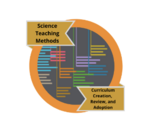
This microcredential represents educators' participation in effective curriculum creation, revision and adoption of SEEd standards. This stack of microcredentials fulfills one of the requirements of the pathway for the Secondary Science Endorsement.

The Curriculum Guide, Project-Based Activity, and Gallery Walk Activity provide support material for the film How the Monuments Came Down.

In this ULEAD video series, state leaders in mathematics education describe the elements that go into creating a successful mathematics program. This video focuses on curriculum, instruction, and assessment as part of Utah's guiding vision for K-12 mathematics.
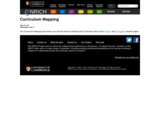
The Word documents linked on this web page identify resources from the NRICH collection that have been mapped to the strands (Number, Algebra, Shape and Space, and Handling Data) of the framework for teaching mathematics in the United Kingdom. These resources promote the development of content knowledge as well as mathematical thinking and problem-solving (process) skills. The stage 1 mapping is most useful for K-2, while the stage 2 document is for grades 3-6.
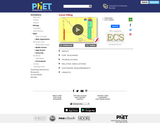
With your mouse, drag data points and their error bars, and watch the best-fit polynomial curve update instantly. You choose the type of fit: linear, quadratic, cubic, or quartic. The reduced chi-square statistic shows you when the fit is good. Or you can try to find the best fit by manually adjusting fit parameters.
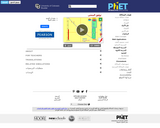
With your mouse, drag data points and their error bars, and watch the best-fit polynomial curve update instantly. You choose the type of fit: linear, quadratic, cubic, or quartic. The reduced chi-square statistic shows you when the fit is good. Or you can try to find the best fit by manually adjusting fit parameters.

The purpose of this task is to introduce or reinforce the concept of a function, especially in a context where the function is not given by an explicit algebraic representation. Further, the last part of the task emphasizes the significance of one variable being a function of another variable in an immediately relevant real-life context. Instructors might prepare themselves for variations on the problems that the students might wander into (e.g., whether one person could have two home phone numbers) and how such variants affect the correct responses.

The purpose of this task is to introduce or reinforce the concept of a function, especially in a context where the function is not given by an explicit algebraic representation. Further, the last part of the task emphasizes the significance of one variable being a function of another variable in an immediately relevant real-life context.

Phenomenon video for 3.2.2 or 3.2.4. Science Phenomena: 3rd grade - Life Cycles and Traits

Students rework their forgotten/abandoned drafts by cutting and covering up selected words. By creatively manipulating text, they explore portal writing, a strategy for envisioning a new story or story direction.

Cyber Arcade: Programming and Making with micro:bit is a fun and creative introduction to computer science and hands-on making for makers in elementary (ages 9–12) and middle (ages 12–14) grade levels with little to no experience in programming and 3D design. This resources includes 10 weeks of lesson plans for elementary and middle school as well as slideshows to help teachers utilize the curriculum.